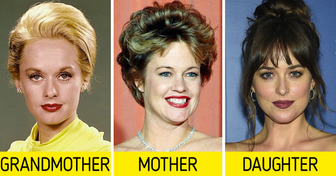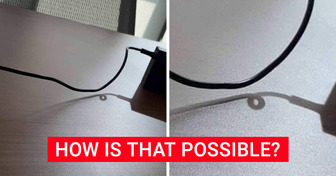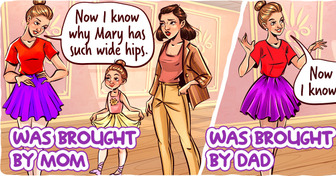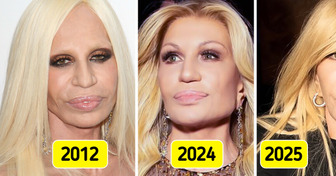15 Creepy Stories That Will Make Your Hair Stand on End All Over Your Body
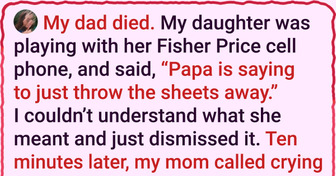
Queen Victoria ruled for a long time: from 1837 to 1901, and this period became known as the Victorian era. This time is one of the most curious and controversial. We decided to discover new facts about people’s lives in the Victorian era and share them with you. And as a bonus, you will learn about the unusual pets people kept during that time.
In the mid-19th century, Gothic style became popular, and it inevitably influenced fashion. To achieve a pale complexion, women sucked on lead pencils, drank vinegar, and colored their veins.
The writer Marie Stopes knew nothing about marital relationships. She got married at the age of 31, and only after 2 years, thanks to books, she realized that she and her husband had never gone beyond platonic relations, which, in theory, should not have been the case.
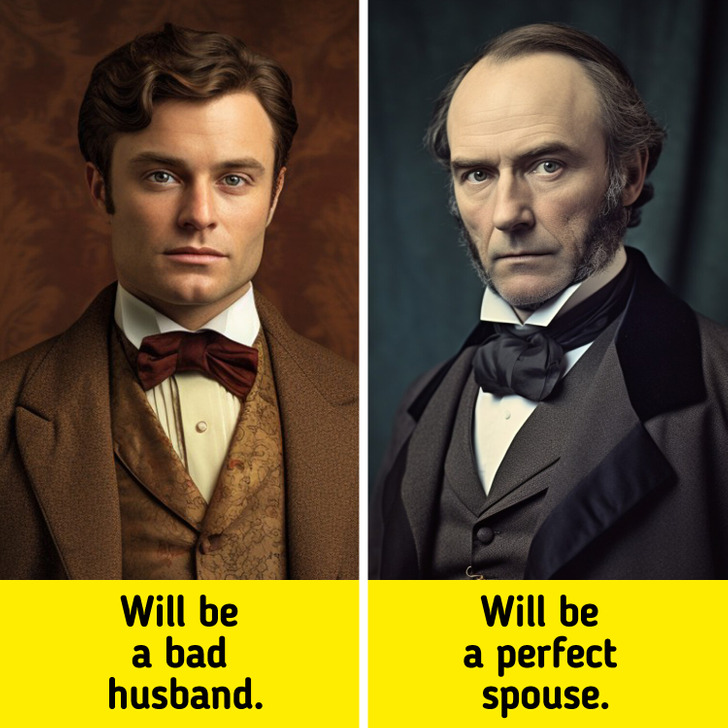
In Victorian England, marriage was a woman’s main purpose. But for men, marriage was a serious matter too. So, the choice of a wife or husband had to be made carefully. Books and guides offered various methods and formulas that helped to find an ideal spouse.
For example, Vaught’s Practical Character Reader (1902) described how to determine whether a man is going to be a caring father and faithful husband by the shape of his nose or skull. It was also not recommended to avoid marriage if the couple both had a Roman nose because it was considered the sign of stubbornness, and 2 stubborn people were not good to make a family.
It was also possible to calculate the ideal age gap between the spouses: it was necessary to divide the age of a man in half and add 7 years: for example, a 30-year-old man was supposed to find a 22-year-old wife, and a 40-year-old one had to look for a 27-year-old woman.
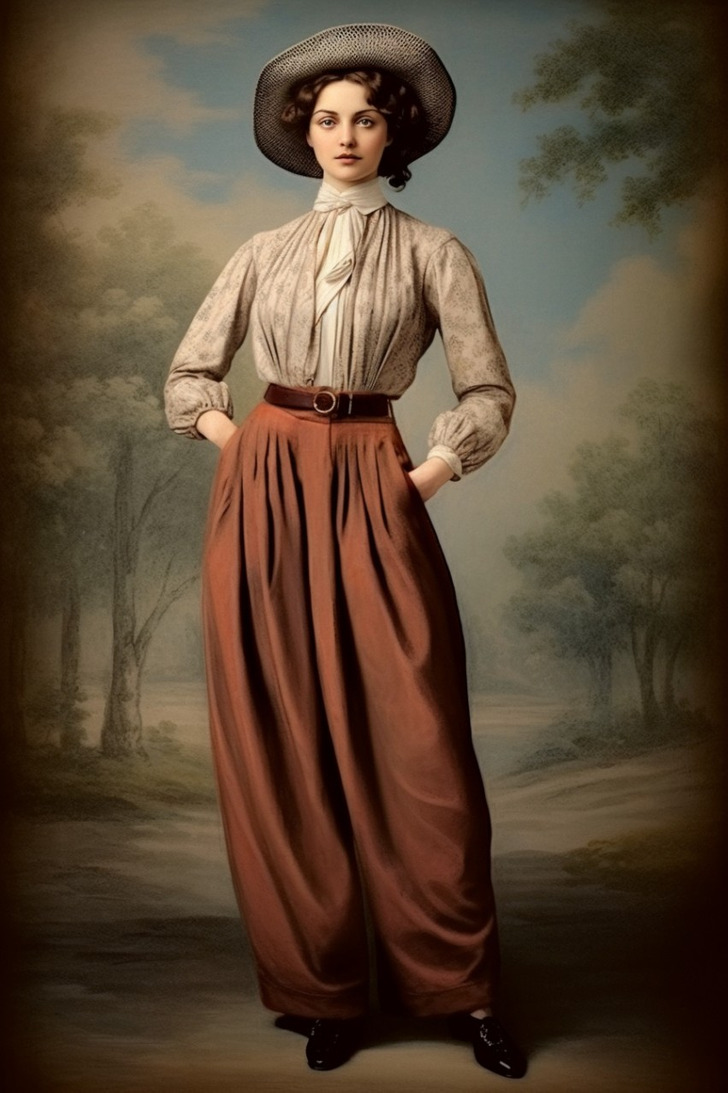
By the end of the Victorian era, women had already been tired of corsets and crinolines. So some brave ladies began to wear trousers, and public criticism and caricatures in magazines couldn’t stop them from doing so. Of course, these trousers looked very different from what they do now — they were more like baggy pants. But still, it was a big change.
However, the word “trousers” couldn’t be spoken out loud, nor could the word “legs.” “Limbs” and “split skirts” were used instead.
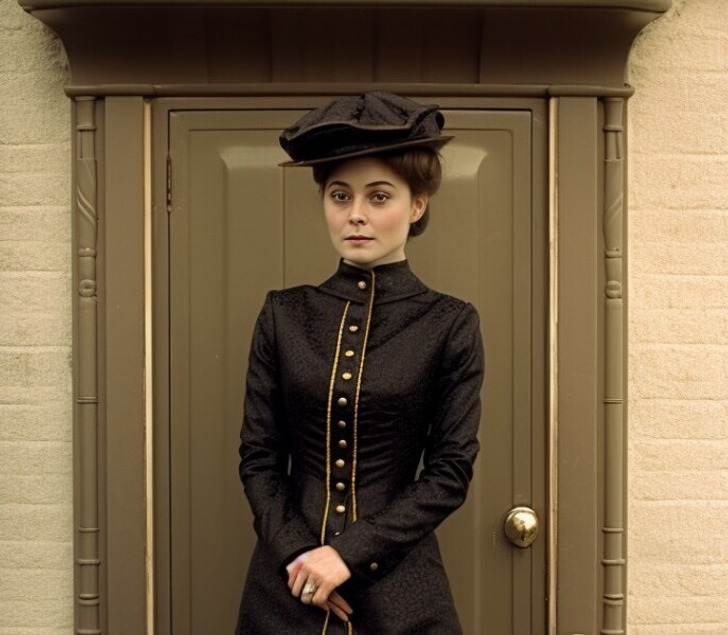
If a respectable Victorian lady wanted to take a walk in the center of London, she had to plan her route carefully so that she had a place to go to the toilet. Usually this could only be done at the home of her friends or relatives, as there were no public toilets for women in the city. It was believed that a lady might be too embarrassed to visit this place.
This situation was caused by the Victorian morality: a woman was considered “the angel of the house,” the mother, wife, or daughter, and she had no reason to go far away from home, while public space belonged to men. Nowadays, this condition is called a “urinary leash.”
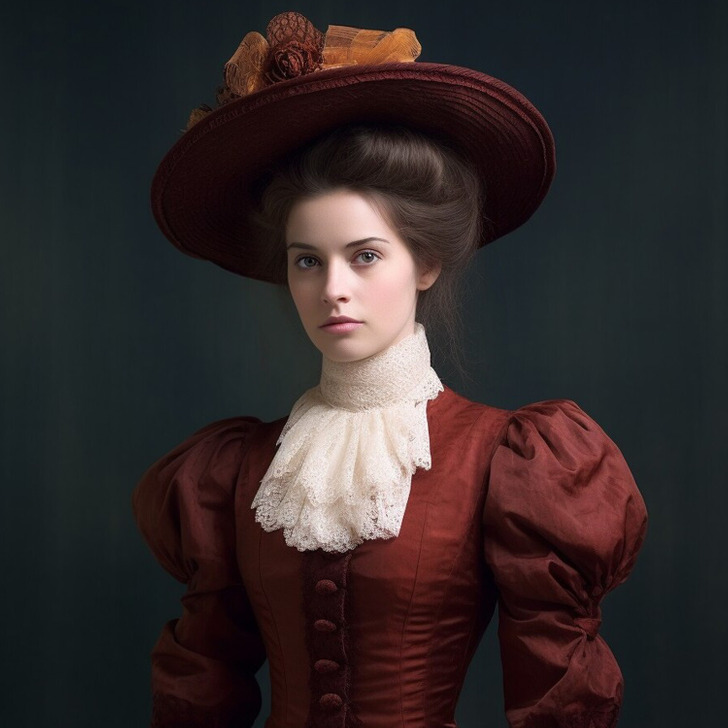
A Victorian lady couldn’t visit a doctor alone, only in the presence of her husband or a companion. And she couldn’t show the place where she felt pain on herself — there was a mannequin for that purpose.
A gynecologic examination was used only in the most extreme cases, and if it couldn’t be avoided, it was carried out either under a sheet in a dark room, or with the help of a screen which was supposed to separate the doctor and the patient.
Paying the doctor was also a problem because “gentlemen didn’t work for money.” Therefore, banknotes couldn’t be handed, they were supposed to be placed on the table wrapped in paper.
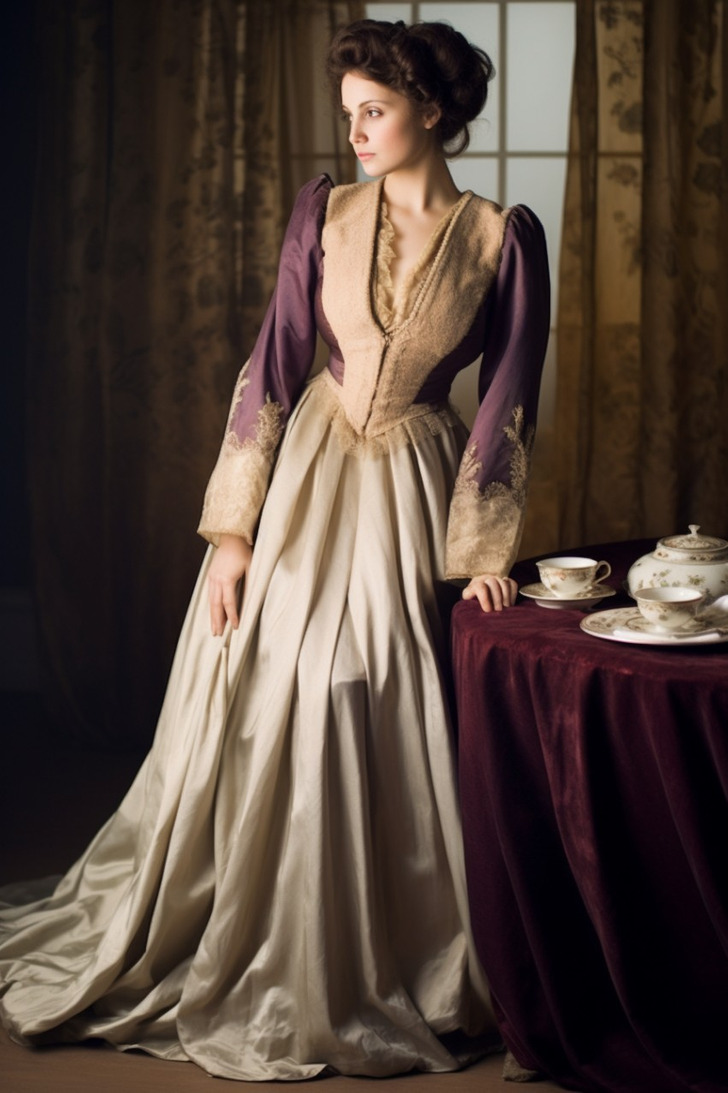
Victorian ladies wore looser dresses at home compared to those they donned in public. These were called “tea gowns.” Of course, they were also ornate and often had a train, but they could be put on without the help of maids and didn’t require a corset. A “tea gown” could be worn with family or friends, but it was indecent to appear in it in public.
In the 19th century, the process of divorce by mutual consent was complex and costly, so people resorted to a rather questionable method of parting ways. Often, it went like this: the family would go to a marriage market, where men looking for a partner were already present. There, the wife would be put up for auction.
Both sides benefited: the husband received compensation, and the wife could potentially find a new suitor if she was dissatisfied with the existing marriage.
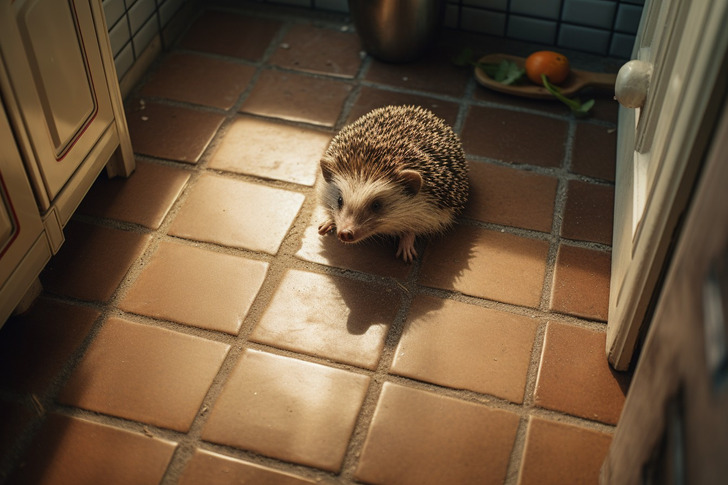
The main entertainment and social event of that time were the balls. They were associated with tremendous responsibility and a myriad of rules, the violation of which could lead to social death.

